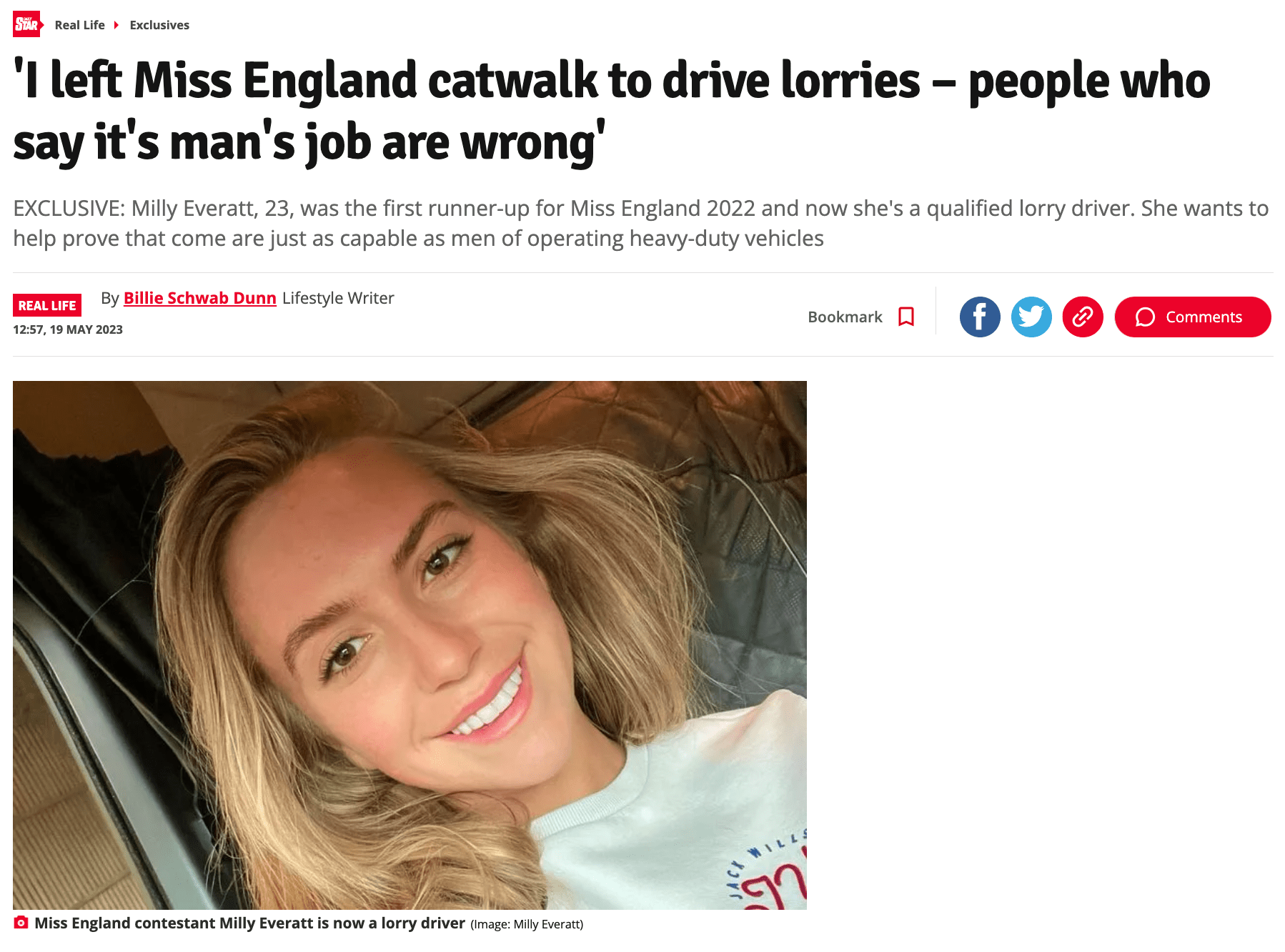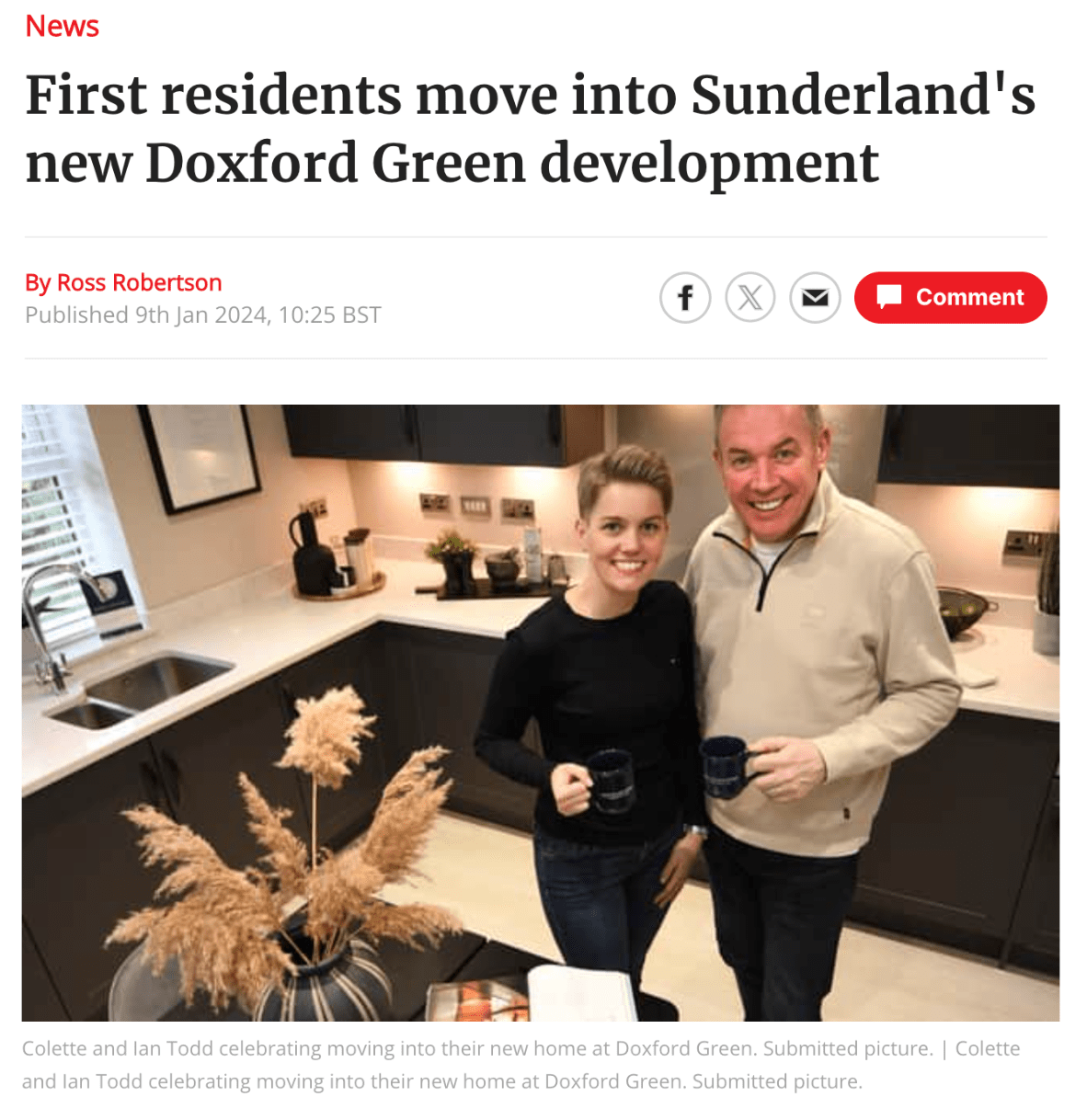Why Real Stories Make Headlines.
The world of PR is fast paced and ever-changing. As PR professionals, it’s crucial that we keep fingers to the pulse and be one step ahead of any changes, in order to secure relevant and authoritative coverage for clients.
If there’s one thing we know that the press is interested in at the moment, it’s hearing stories from people with real experiences.
Case studies are a valuable way to raise your client’s brand awareness, without coming across as overly salesy – which we know is a turn-off for press.
Case studies are a story-telling method to create relatability between the reader and the subject matter, and it’s something we’ve had plenty of success with here at ilk. Here are a couple of examples, with tops on how you can achieve this too…
Real Stories: Generation Logistics
Generation Logistics is an industry-backed campaign, working to raise awareness of the career opportunities available within the logistics sector.
It’s easy for us to sit here and tell the next generation that they should consider logistics as a career path – but how do we get people to actually listen? That’s why we used case studies within our PR strategy. We told the stories of young people who are working jobs in logistics, what they love most about their career, and why they are now encouraging other people to do the same.
Finding the relevant PR hook is key. Within our own outreach, we ensured that we were utilising experiences from underrepresented people and turning it into a story. This varies from young women pursuing careers that would historically be deemed as ‘male-dominated’, such as lorry drivers, to somebody who had a complete career change and now earns a considerably higher salary as a result of it.
 Real Stories: Barratt Homes
Real Stories: Barratt Homes
Leading housebuilder Barratt Homes is another of our clients where case studies are a key player in our PR strategies. Our case studies for this client see us explore stories ranging from new housing developments to charitable donations and appointment stories.
Amidst a difficult climate for house hunters, the industry faced a tough challenge on how to entice people to purchase a home, which is where case studies come back in. By utilising ‘happy buyer’ customers that have a niche hook, we’ve been able to secure positive coverage for our clients in key regions.
This activity can tell the story of the first customers to move onto the development, to those who have an interesting relocation story, such as from New York to Newcastle (true story!). Using this tactic within our PR strategy has helped us to push our client’s key messaging and USPs, in a way that is relatable for readers and helps to instil confidence in the house buying market.

Our tried and tested tips on how to draft a case study:
1. Find the PR hook
Whilst case studies are increasingly popular with the consumer press, it’s important to find that key, niche PR hook for it to work. Do you have an interiors client that sells to the public? Find a customer who has completely transformed their bathroom / kitchen / lounge, share before-and-after pictures with the press, and include quotes from the customer on how they brought their vision to life, with a nod towards your clients’ products.
2. Let the images tell the story for you
Do you have photographs to accompany your case study, that tell the story without the need for words? For example, a photograph of a young woman in her dream job as a lorry driver sitting at in a 44-tonne truck behind a huge steering wheel, has worked a treat for us.
3. Line up those interviews!
Often, journalists will want to speak to the case study directly. But don’t panic – the press understands that these are ‘normal’ people and are not the media-trained CEOs that they’re used to, and they adapt their style to create a really relaxed setting and make their interviewee feel at ease.
Get ahead of the curve and line up case studies that are comfortable speaking with the press about their experience, and let the journalist know that your story is able to do so.
4. Money talks
Once a taboo subject, money and salaries are spoken about more than ever before in the press. If your case study is able to highlight how much their home renovation cost, or tell how much the salary is in their new job, it will really increase your chances of coverage.
5. Quote your client
Your case study is the focus of the story, but it’s crucial to keep your client involved, secure those all-important links and raise awareness. To achieve this without coming across as too disjointed, we would always recommend to include a quote from your client relating to the story with a link to their website.
Introducing case studies into your PR strategy could generate hugely beneficial results, both for the press and your client. And utilising the target audience by having willing individuals tell their story creates relativity whilst also building trust between your client, the press and their readers. So maybe it’s time you started telling those stories for your next PR campaign!